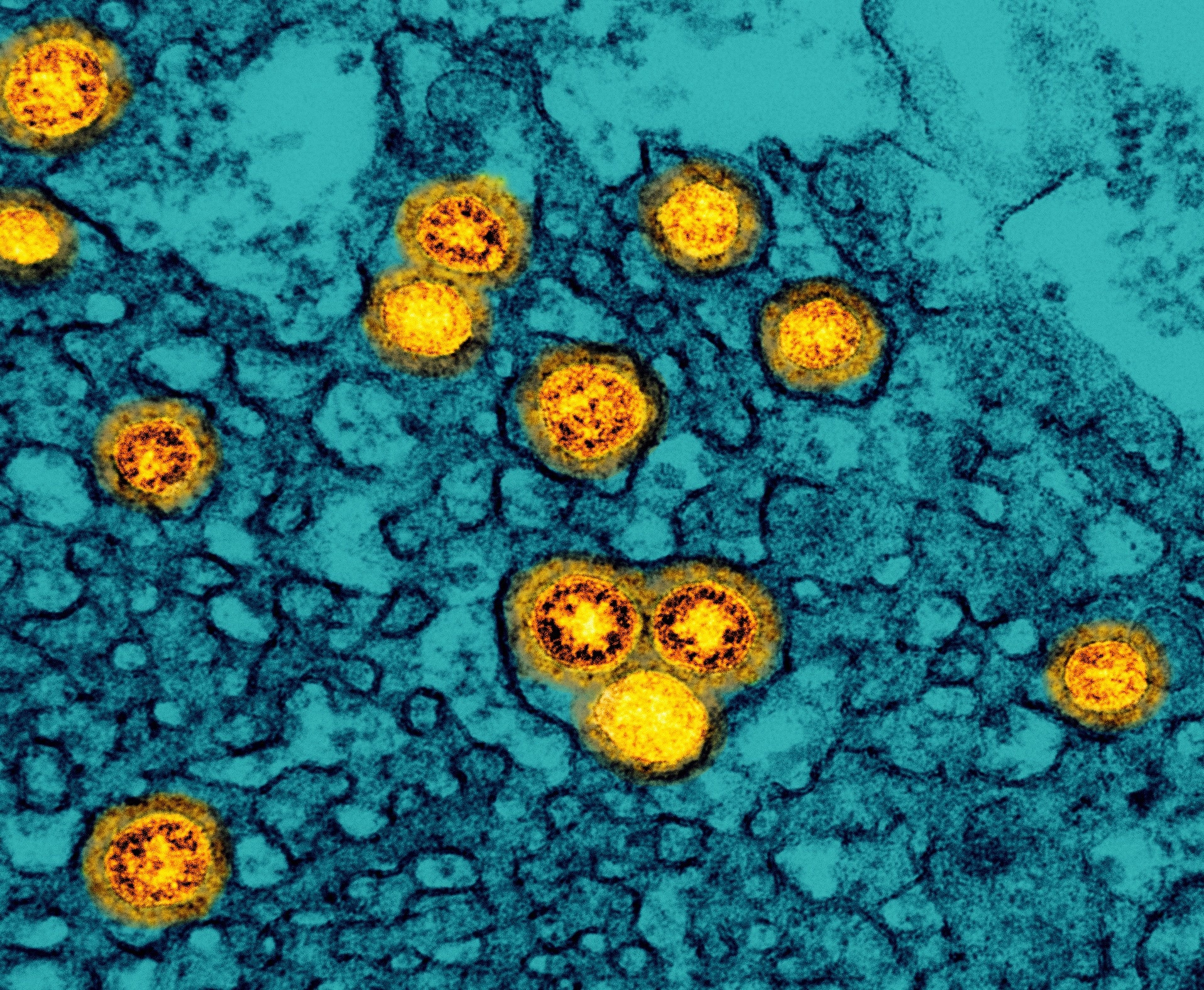An in-depth review article describing coronavirus disease 2019 (COVID-19)-related coagulopathy has recently been published in the journal Nature Reviews Immunology.
 Perspective: Understanding COVID-19-associated coagulopathy. Image Credit: NIAID
Perspective: Understanding COVID-19-associated coagulopathy. Image Credit: NIAID
Background
Hyperinflammation and hypercoagulation are two major hallmarks of COVID-19, a novel disease caused by severe acute respiratory syndrome coronavirus 2 (SARS-CoV-2). In critically ill COVID-19 patients, coagulopathy has been found to associate with multiorgan injury or failure, which in turn increases the risk of mortality.
Complex interactions between the innate immune system, coagulation and fibrinolytic pathways, and vascular endothelial cells are collectively responsible for COVID-19-related coagulopathy.
Alveolar vascular dysfunction in COVID-19
Vascular endothelium acts as an antithrombotic system by secreting various molecules that prevent platelet activation and coagulation. In COVID-19, a dysregulated vascular antithrombotic system is believed to be responsible for hypercoagulation and vasculopathy, which are life-threatening conditions.
SARS-CoV-2 infects type II pneumocytes in the lungs and causes alveolar vasculature injury. In addition, in some cases, it has been observed that the virus directly infects endothelial cells to induce vascular endothelial dysfunction. Collectively, these conditions result in abnormal immune and inflammatory responses.
It is well established that SARS-CoV-2 infects respiratory epithelial cells by interacting with cell membrane receptor angiotensin-converting enzyme 2 (ACE2). In normal physiological conditions, ACE2 regulates the renin-angiotensin system and the kallikrein-kinin system. Kinins are vasoactive peptides that increase vascular permeability.
The interaction between SARS-CoV-2 and ACE2 results in reduced cell surface expression of ACE2 at the site of infection. This further leads to activation of the kallikrein-kinin system, induction of vascular permeability, fluid accumulation, and organ injury.
COVID-19 and blood-brain barrier
Besides respiratory illness, COVID-19 is associated with a wide range of neurological symptoms. In autopsy analysis of COVID-19 patients, microthrombi and microinfarcts have been observed in the brain.
A few studies have suggested that SARS-CoV-2 directly infects brain tissue to induce neurological consequences. However, the majority of studies have highlighted the involvement of indirect mechanisms. According to these studies, viral proteins, such as SARS-CoV-2 spike protein, cross the blood-brain barrier and trigger innate immune response and hyperinflammation in brain microvascular endothelial cells.
The main protease of SARS-CoV-2 contributes to neuropathology by cleaving NF-κB essential modulator (NEMO) in endothelial cells, leading to vascular endothelial dysfunction. Collectively, all these factors contribute to hypercoagulation, thrombosis, and brain pathologies in COVID-19 patients.
Hyperinflammation and coagulopathy
Neutrophils are vital components of the innate immune system. These phagocytic immune cells contribute to early-phase viral clearance by forming neutrophil extracellular traps, which are web-like structures consisting of antimicrobial proteins, oxidant enzymes, coagulants, and complement factors. In COVID-19, increased levels of neutrophil extracellular traps have been found to associate with hypercoagulation and thrombosis.
SARS-CoV-2-induced hyperactivation of the complement system can lead to hypercoagulation and hyperinflammation via positive feedback loops between complement, neutrophils, neutrophil extracellular traps, and coagulation.
Platelet dysfunction, Hypercoagulation, and protein C dysregulation in COVID-19-related coagulopathy
COVID-19 is associated with increased platelet activation and platelet-neutrophil and platelet-monocyte aggregation. While platelet-neutrophil aggregates readily attach to the blood vessel wall and release pro-thrombotic and pro-inflammatory mediators, platelet-monocyte aggregates promote hypercoagulation by increasing the expression of monocyte tissue factor.
SARS-CoV-2-induced alteration in platelet transcriptome might be responsible for platelet hyperactivity in COVID-19. However, it is unclear whether transcriptomic changes are associated with direct viral infection of platelets or virus-induced hyperinflammation.
COVID-19 is associated with increased coagulation pathway activity and reduced fibrinolytic pathway activity. These two processes collectively can contribute to coagulopathy. Genes encoding coagulation and fibrinolytic proteins have shown differential expressions in COVID-19 patients.
It is becoming increasingly evident that low protein C levels are associated with severity and mortality in hospitalized COVID-19 patients. It has been observed that shedding of endothelial thrombomodulin is associated with protein C pathway dysregulation, leading to hyperinflammation and hypercoagulation.
COVID-19 animal models to study coagulopathy
Mice-adapted SARS-CoV-2 has been developed to infect wild-type mice that express murine ACE2. This mice model recapitulates some characteristics of coagulopathy observed in COVID-19 patients and thus, could serve as a useful tool in deciphering mechanisms and identifying novel therapies.
Transgenic mice expressing human ACE2 have been developed to mimic the clinical course of COVID-19. This mice model provides an excellent platform to study neuroinvasion and subsequent neuropathologies, including meningoencephalitis, thrombosis, hemorrhage, and vasculitis.
Other suitable animal models to study COVID-19-related coagulopathy include hamsters and non-human primates, rhesus macaques, and African green monkeys.